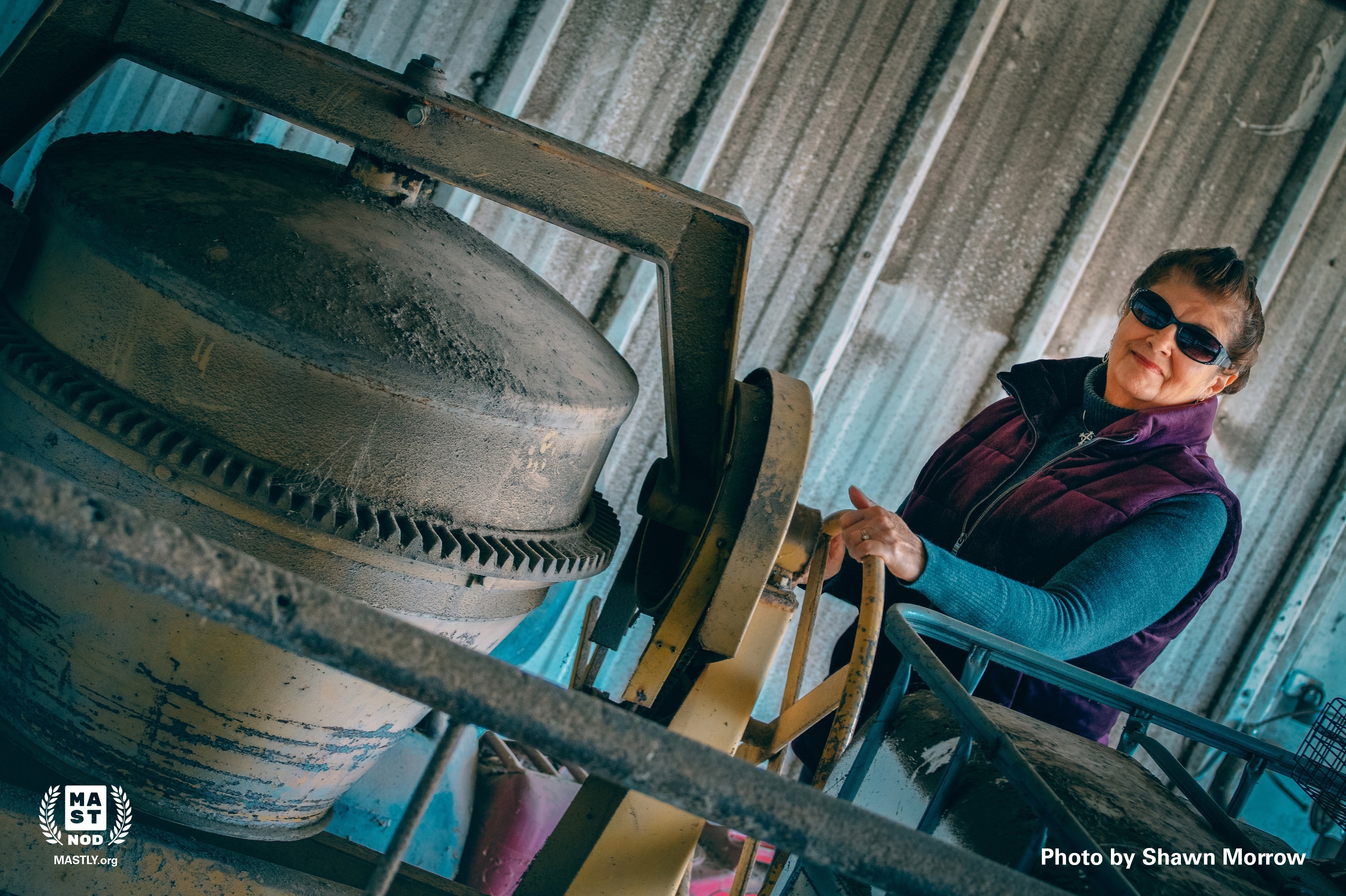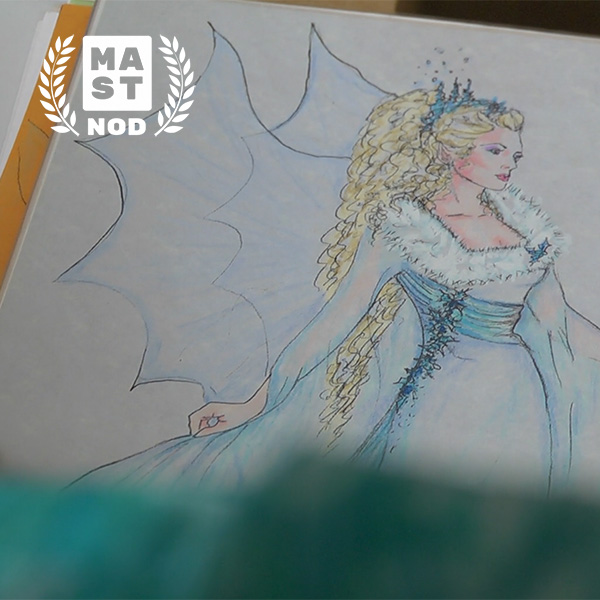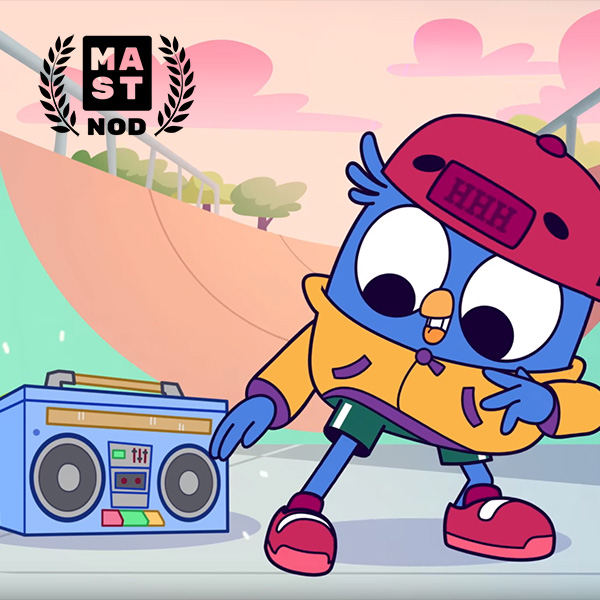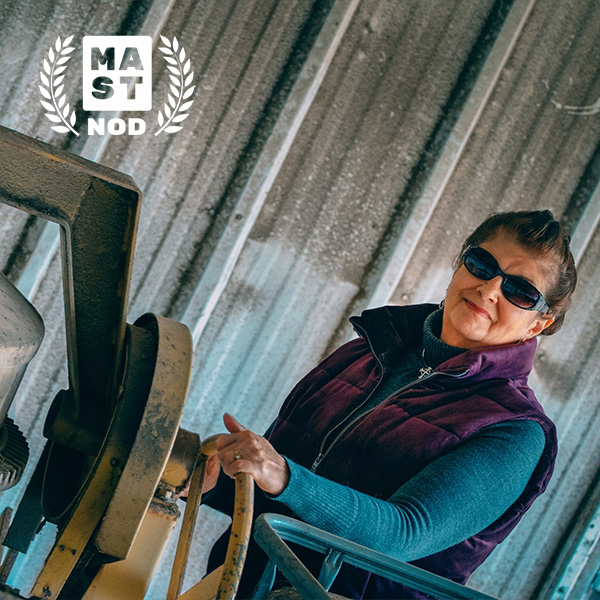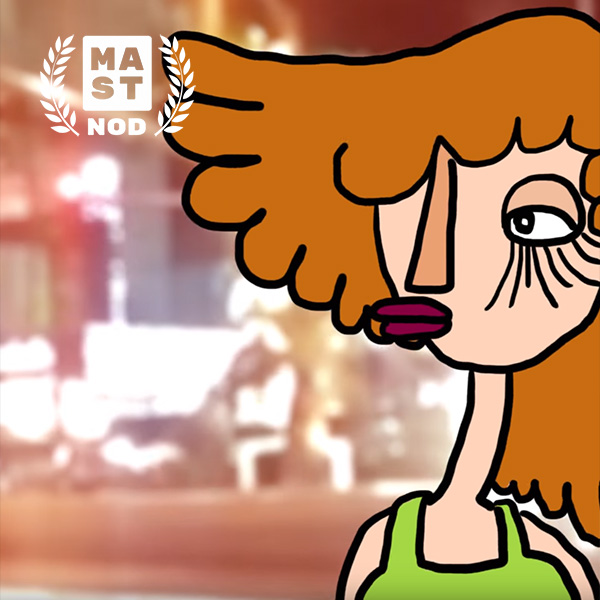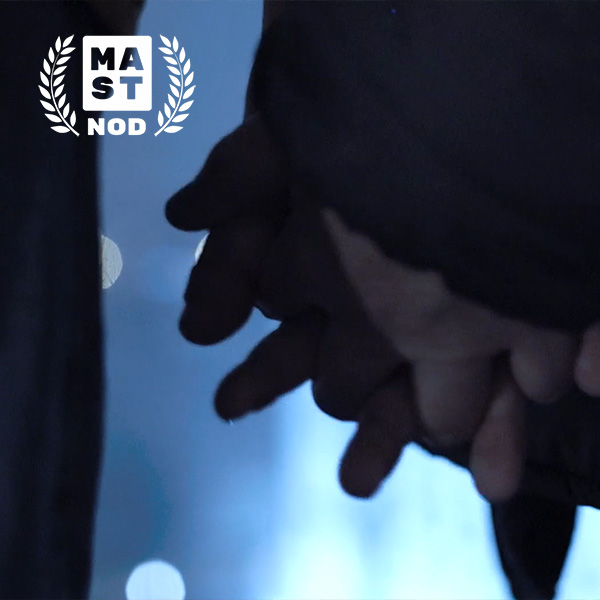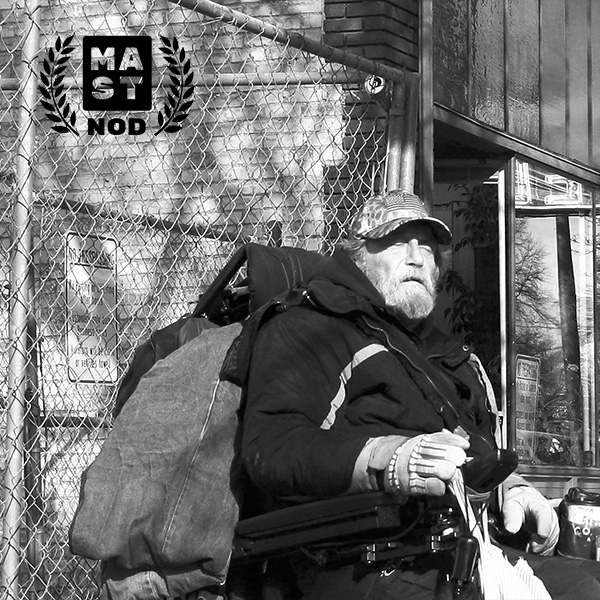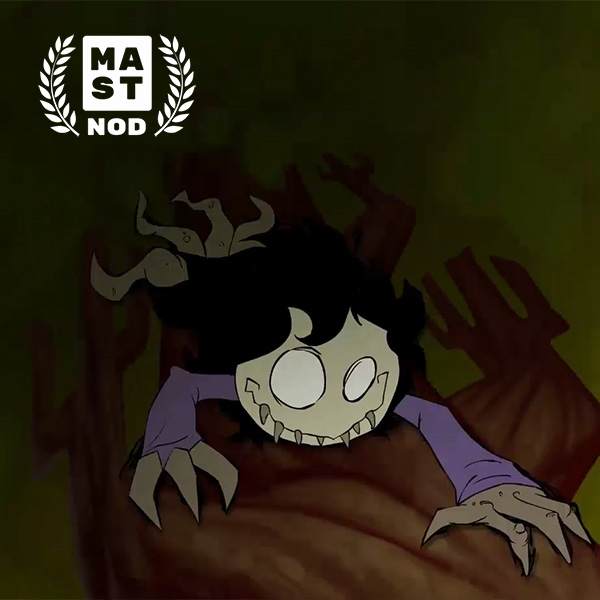The Keeper
“NO! No, no, no. NO!”
The sound of breaking glass ripped into my consciousness as the frame slipped from my hand. Glass splintered across the tile. Slivers and shards covered the floor. My favorite portrait of Daddy in a Navy dress uniform, taken in 1942, lay on the ground. It fell from my grasp as I stepped out of the closet into the sunlit room. With sickening dread, I picked up the photo. Minute specks of glass dust floated away. The picture remained intact. Determined dark eyes stared back at me, resolute in demeanor, confident in purpose. A handsome man even more attractive in crisp military apparel, he soon found himself deployed in World War II, a Chief Electrician’s Mate repairing sub chasers in the south Pacific. Tears streamed down my face as reality set in. Today was the nineteenth anniversary of his death.
A myriad of emotions crushed me as I struggled to organize my thoughts. Breathe and pull yourself together, I told myself. And grab a Kleenex. I was a blubbering mess. One Kleenex was not enough; I needed more. I cajoled myself to tackle one step at a time. Tiptoe out of the area and be careful not to spread the debris. Find the broom and dustpan. Next, locate the vacuum cleaner. Salvage the portrait and frame. Clean up the mess. Put things back in order. Grab a cup of coffee and resume the morning’s task: a bittersweet journey down memory lane. I was searching through a lifetime collection for an item eluding me. Long ago I wrote a story about the day my father and I went to the Casita, the “little house” he built in the Chihuahuan desert, part of west Texas. The story was here in this closet, filed away... in a box... on a shelf? I breathed deeply, mustering the resolve to continue.
“You will be the family historian,” Daddy exclaimed with pomp and circumstance one evening after supper. I was twelve years old, the middle child, embarking upon the scariest season of my life: puberty. Painfully introverted, plagued with acne and self-doubt, I rebelled at the weight of this responsibility. Daddy’s words became prophetic, and the title stuck. Thus began my accumulation of the ancient family history, antiques, tales, memories and so much more.
Members of the Greatest Generation, my parents grew up in meager circumstances. My father emigrated from Calabria, Italy. The second child of a railroad worker, he arrived on Ellis Island as a two-year-old. His given name was Salvatore, but as was common in the day, the clerk Americanized it to Samuel. My mother’s ancestors arrived on the Mayflower. Raised on an Ohio farm, her agricultural heritage was rich and bountiful. Everything she cooked was comfort food. By today’s standards, they were poor, but they didn’t know it. Large extended families, strong traditions, and hard work forged them into resilient citizens. Deep faith, dire challenges, and many sacrifices prepared them to deal with life’s blessings and pitfalls.
Survivors of the Great Depression, they rarely threw anything away. This was evident when, as their executrix, I settled their estate. I spent months emptying the house they lived in for fifty years. Every check my mother wrote, bronzed baby booties, and a slew of antique coffee pots posed easy decisions. But when it came time to keep or trash family heirlooms, I could not let go. I inherited their frugality. Call it sentimentality or obligation; the truth is somewhere in between.
Every house my husband Ronnie and I have owned in our marriage has held a special room filled with family memorabilia. I call it “The Museum.” Overstuffed chairs from my maternal grandparents’ parlor lined the walls along with a Victrola full of weighty records, an oak icebox, and family photographs dating back to the 1800s. The closet contained more personal treasures: Daddy’s pipe collection, his leather motorcycle helmet, 150 letters written to my mother during World War II, and the uniform he wanted to be buried in. My mother chose a favorite suit instead. Yes, I mused ruefully. Here is their museum, and I am the curator.
I stepped into the archive closet in search of the Casita story I wrote forty years ago. I wanted answers. How many parallels had there been between Daddy’s life and mine? Two different people forged from the same genetic material must have more in common than a surname. Cut from the same fabric, Daddy loved the land and so do I. My dreams seem far removed from his on a superficial level. But beyond the obvious and the familiar, there must be a stronger hidden truth, a deep, spiritual connection.
“You must become a productive member of society.” Daddy’s mantra echoed in my ears. He encouraged his children and grandchildren to contribute to the community. It pleased him to see us achieve goals in education, marriage, and careers. In my lifetime, I observed his dedication to progress and harmony in our family. A big city girl until my retirement, I moved to a less populated area to live on a ranch. As I settle into my own “golden years,” I think back on his. Daddy’s retirement project became the most productive time of his life. He flourished in the joy of creating something from nothing, like his Casita in the desert. Yet the question gnawed at me: what did we truly have in common?
Somewhere in time, our lives overlapped we exchanged an awareness of each other. In my heart of hearts, I know it’s centered in love for nature and the satisfaction of sacrificing oneself to a higher goal. I knew when I found what I was looking for I would find a piece of myself. My mind lapsed back through the years as I reminisced how it all came to be.
“S-a-mu-e-l!” My mother shouted in a lyrical way, making it a five-syllable word. “Lunch time!” Daddy wiped the sweat from his brow and walked toward the house, away from the push lawn mower. The blades needed sharpening, and he’d take care of that later. Settling into retirement, he portioned his time between routine chores at the house and his real passion: building the Casita.
Daddy loved military service so much he joined the Army after his stint in the Navy ended in 1945. More fortunate than most servicemen, they assigned him to one military base long enough to purchase a home and establish lengthy friendships. But once he reached twenty years’ service, the Army required him to retire because of a reduction in force. At fifty-eight, he began a construction project which spanned three decades: building a house from scratch in the raw and fickle west Texas desert. He dubbed it the Casita.
Money was tight but Daddy had items to barter when purchasing undeveloped desert land in the neighboring county. Artwork, paintings, coins, and an antique violin emerged from family coffers to seal the deal. Provenance of these articles was vague, and it was obvious they meant less to him than the land he acquired. He became energized with a new surge of purpose as he drew the design for his dream house. The platted section of land was in an isolated area where, ironically, streets already had names. He chose fourteen lots on Charles Street. Phase One was a dwelling with a large living area, wood-burning fireplace, kitchen, separate bedrooms, and an attached greenhouse for growing vegetables. He intended to live there with his family. My mother had her doubts.
Undaunted, Daddy sketched his plan which was amorphous and grandiose to everyone except him. His friend, Ray, became a willing helper, Sancho Panza to Daddy’s Don Quixote. Their exuberance, hard work, and determination nullified our disbelief as the dream came true.
Round trip to and from the Casita was more than one hundred miles on a well paved heavily traveled highway. The nearest habitation was ten miles north as the crow flies. The land itself was off-road, accessible by a winding, sandy trail. Dunes anchored by ocotillo, yucca, and nondescript desert shrubs pocked the landscape. Daddy’s plot sat 500 yards from the highway on an embankment next to a caliche hill. From this perch, railroad tracks were visible in the valley below. Trains traversed in the distance on east-west journeys, their whistles apparent when the wind came from the southwest.
Daddy and Ray made three trips a week. Every Tuesday, Thursday, and Saturday like clockwork they headed out. Their first reliable mode of transportation was an old International Scout pulling a homemade trailer fashioned from the bed of a pickup truck mounted on wheels. Early loads contained a mixture of new or used construction materials plus salvaged items donated by willing neighbors eager to be rid of excess junk. Daddy turned others’ trash into his treasured dream. Coat hangers and discarded lawn furniture became rebar as he poured hundreds of yards of concrete, initially mixed by hand in a wheelbarrow. They transported a portable concrete mixer to the Casita. Floors were laid, and walls went up. With the addition of a gasoline-powered generator, they had electricity to power tools and provide light.
A water source was non-existent. Daddy used a divining rod to locate a well, but no drilling company accepted the task in remote, sandy terrain. So, Daddy filled large glass and plastic containers from the garden hose at home before each trip. Once they exhausted the day’s supply of water, he and Ray stopped pouring concrete and turned to other tasks. They laid hundreds of cinder paving squares, creating porches and a driveway spanning the area of half a football field. Grape vines and shade mulberry trees gave the place a homey look. After many months’ labor, the main room was finished. Busier than bees, the duo added room after room until the house was complete. Thrilled with his accomplishment, Daddy invited family and friends to a celebratory picnic.
Family parties were held as often as possible, especially in April and October for my parents’ birthdays. Mother’s homemade sandwiches and soups filled many a hungry stomach when Daddy was not grilling his signature hamburgers. These festive, happy times always included the taking of a group picture. Daddy loved watching grandchildren run and play as we enjoyed the fruits of his labor.
With Phase One completed, Daddy began construction on a two-story house built directly into the side of the caliche hill. Saving Daddy, a year’s labor using his primitive methods, a family friend with a massive front-end loader excavated tons of dirt from the hillside. Downstairs Daddy and Ray fashioned a single-car garage and cold storage room. The rumpus room with wood-burning fireplace and built-in concrete benches became the gathering place for family outings. Daddy customized his outdoor cook space on the broadly covered patio near the entrance. This structure expanded to a second story with a den, kitchen, dining area, bathroom, bedrooms, and closets. A voracious reader, Daddy stocked shelves with books and magazines. After digging a septic tank, he plumbed the toilet and sinks. Friends and family members spent nights in the comfort and peace he provided. I for one took part in this adventure. Fresh coffee brewed over an open fire at dawn’s first light in the dry, desert air was heaven.
Daddy hired a local artist to paint a mural on the dining room wall. The scene depicted the southern view beyond the railroad tracks to the mountains visible twenty miles away in Mexico. Desert beauty mesmerized him. Daddy was in love with this panorama, hypnotized by the serenity. “Tranquilidad.” His eyes sparkled as he spoke in Spanish. His entire face glowed whenever he said the word. Tranquility was his goal, an invisible gift, a personal discovery. This was the peaceful place where he found his ultimate joy, worth every effort it cost to attain.
The phone rang, jarring me from my thoughts. The answering machine in the next room recorded my son’s voice. He called on his work commute to pass the time with a short conversation. I will talk to him this afternoon, I told myself. Perhaps he will be the next custodian of these archives. My son’s interruption proved propitious and fruitful. I found the Memory Book compiled for Daddy’s ninetieth birthday. Inside were three pages typed on Big Chief tablet paper. Reading my own words, I drifted back in time to the day my father and I spent at the Casita, just the two of us. Something profound happened between two generations: a gap bridged, a common unspoken bond forged on a warm spring day.
I went out to the desert with my father today. He picked me up at seven when the air was cool. Already we knew it would be a warm day. He drove up in his old Scout dressed in faded Levi overalls, looking quite relaxed and playful for a man of seventy. His hat was straw with a torn brim. “Air conditioned,” he called it, and we laughed. We laughed again when the Scout stalled at the first corner, then the second one, as he manipulated the choke and boasted how quietly she ran. As quiet as a freight train, I smiled to myself. Rain sprinkled the windshield, fifty drops or fewer. Too little. It never rains enough in west Texas, so we talked about how much we liked rain.
His favorite topics of discussion were diverse and intense: politics, current events, the latest TV commentaries, local commerce. We cussed and discussed them all in the hour’s drive. We yelled to be heard over the grinding, whining Scout. “Road noise,” he called it, and we laughed.
The desert landscape was in full palette with varied hues of green and brown. The sky glowed with the rising sun into shades of pink and blue dotted with wispy white clouds. Appreciating desert beauty is an acquired enjoyment hidden from a casual observer, a beauty one must seek to understand.
“Look at that,” he said. I turned my head to see two coyotes cross the highway ahead of us then lope beyond the westbound lane. I had never seen a coyote, let alone two, at that time of day. The first coyote was limping, and my father wanted to stop and help it. But they disappeared into the ravine, back into the safer confines of their world and out of ours.
The Scout chugged off the pavement and onto the dirt road called Charles Street. Daddy exited the Scout to unlock the gate, leaving it open for our departure. Back inside, he shifted into four-wheel drive and maneuvered up the winding trail. As was his habit, he turned off the key and coasted the last thirty yards, coming to a complete stop in front of the Casita.
The enjoyable Casita routine centered on food. My mother had prepared meals for us, with extra for good measure. No work began until we discussed the day’s agenda over coffee and a sweet roll. Chores lasted two hours before it was time for lunch. Hard physical labor and fresh desert air stirred up an appetite. By then her sandwiches tasted better than a T-Bone steak.
We each had plans for the day. My father prepared a framework for the concrete ceiling in the cold storage room. It was a huge and tedious undertaking, but he had a plan. I set out to a remote area littered with potsherds. Time flew by as I searched the ground for treasures. The past was unwilling to release its relics, and I only found five pieces. But the thrill of the hunt was a high, replacing everyday worries and concerns. The pesky fly buzzing at my sweaty face bothered me more than anything else on my mind.


